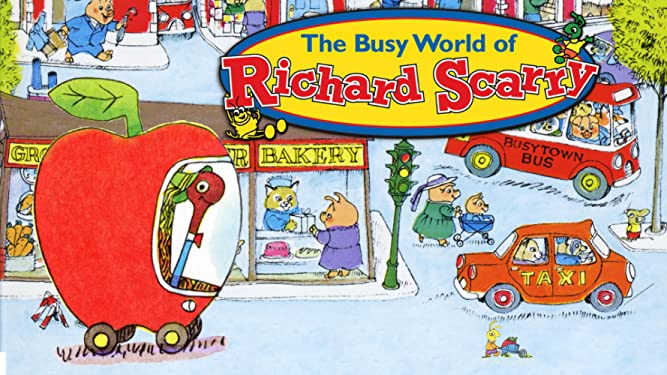RAG status
|
The RAG status characterises the infantilism of modern middle management whereby hard concepts like reasoned passages of text, have been supplanted by wingdings, radial diagrams, animated slide transitions and graphics — a vernacular of nonsense vouchsafed by Microsoft PowerPoint presentation.
The RAG status renders the world in the primary colours of Richard Scarry’s world: red, amber and green. Cute, like a traffic light!
This simplification is designed for upward communication to the fat birds of middle management, perching on their thin branches, desirous of knowing only that all is in hand, and all is well.
To present a RAG status that is not uniformly green — perhaps flecked with the occasional amber, on something immaterial, for appearance’s sake — is a measure of some dishonour for an aspiring middle manager.
This all flows from that hard determinist dogma, that business success is an equation to be solved; risk an externality to be isolated and programmed out of existence, rather than an irreducible component of any activity that might yield a reward.
It is rather old-fashioned to suppose that risk is in the grain of the block rather than a rough edge to be sanded off it. What manual fiddliness remains will surely be fixed by some algos or a natural language processing chatbot. Thus, the only tolerable RAG status is green across the board — perhaps a salutary fleck of amber just to make sure life doesn’t look too easy.
But far from being a sign of commercial rectitude, “all systems go” suggests your organisation is either delusional, in denial, or in your best-case scenario, merely occupied in the headlong pursuit of margins that are plummeting to zero, if they’re not there already. A challenge that is fully solved; that really carries zero risk, carries zero value, too.
Real risk management involves not persuading yourself that there is no risk, but asking your risk management specialists to identify where the risk is and training your best resources and your stoutest defences at that.
